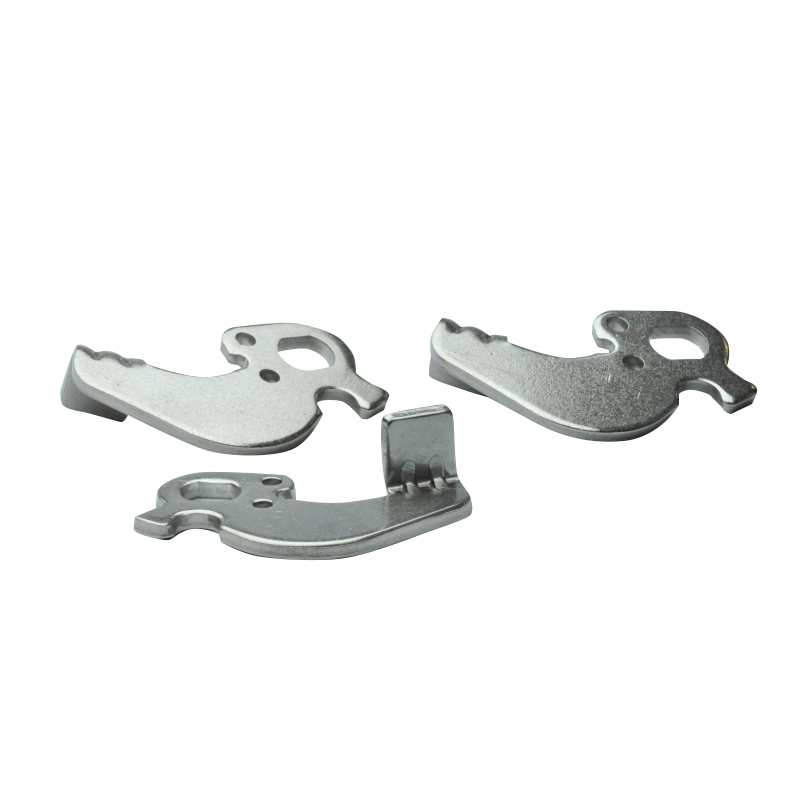Summary:
The difference in the complexity of the geometry of the forgings determines the obvious difference ...
The difference in the complexity of the geometry of the
forgings determines the obvious difference between the forging process and the design of the die. A clear forging structure is a necessary prerequisite for process design. The industry divides general forgings into 3 categories, and each category is subdivided into 3 groups, a total of 9 groups.

Type I-Forgings with the main axis of the main body placed in the die cavity, and the horizontal two-dimensional dimensions are similar (circular/rotary bodies are mostly, square or similar). The upsetting step is usually used in the die forging of this type of forging. Divided into 3 groups according to the difficulty of forming.
Group I-1: Forgings formed by upsetting and slightly press-fitting, such as gears with little change in height between the hub and the rim.
Group I-2: Forgings formed by extrusion with slight upsetting and both extrusion, press-in and upsetting methods, such as universal joint forks, cross shafts, etc.
Group I-3: Forgings formed by compound extrusion, such as hub axles, etc.
Type II-Forgings of straight and long shafts with the main axis lying in the die and forming a long horizontal one-dimensional dimension. It is subdivided into 3 groups according to the degree of difference in the cross-sectional area of the vertical main axis.
The forgings of group Ⅱ-1 have little difference in the cross-sectional area of the vertical main axis (the ratio of the maximum cross-sectional area to the minimum cross-sectional area is less than 1.6, and other equipment can be used to make blanks).
Forgings with large differences in the cross-sectional area of the vertical main axis of group Ⅱ-2 (the ratio of the maximum cross-sectional area to the minimum cross-sectional area>1.6, and other equipment is required to make billets in front), such as connecting rods.
Forgings of group Ⅱ-3 whose ends (one or both ends) are fork-shaped/branched-shaped, in addition to determining whether billeting is required according to the above two groups, the pre-forging steps must be reasonably designed, such as casing forks.
The first and second types of forgings are generally divided into plane parts or symmetrical curved surfaces, and asymmetrical curved surface parts increase the complexity of the forgings.
Class III-Forgings with a tortuous main axis and lying in the die. It is subdivided into 3 groups according to the main axis direction.
The main axis of group Ⅲ-1 is curved in the vertical plane (the parting surface is a smooth curved surface or with a drop), but the plan view is a straight long axis (similar to Type II), generally no special bending steps are required. Formed forgings.
Ⅲ-2 The main axis of the group is bent in the horizontal plane (the parting surface is generally flat), and the forging must be formed by bending steps.
Ⅲ-3 Group of forgings whose main axis is spatially curved (asymmetric curved surface parting).
There are also more complex forgings with two or three types of structural features, such as most automobile steering knuckle forgings.
 Main:+86 574 87907106
Main:+86 574 87907106![]() Main:+86 574 87907106
Main:+86 574 87907106